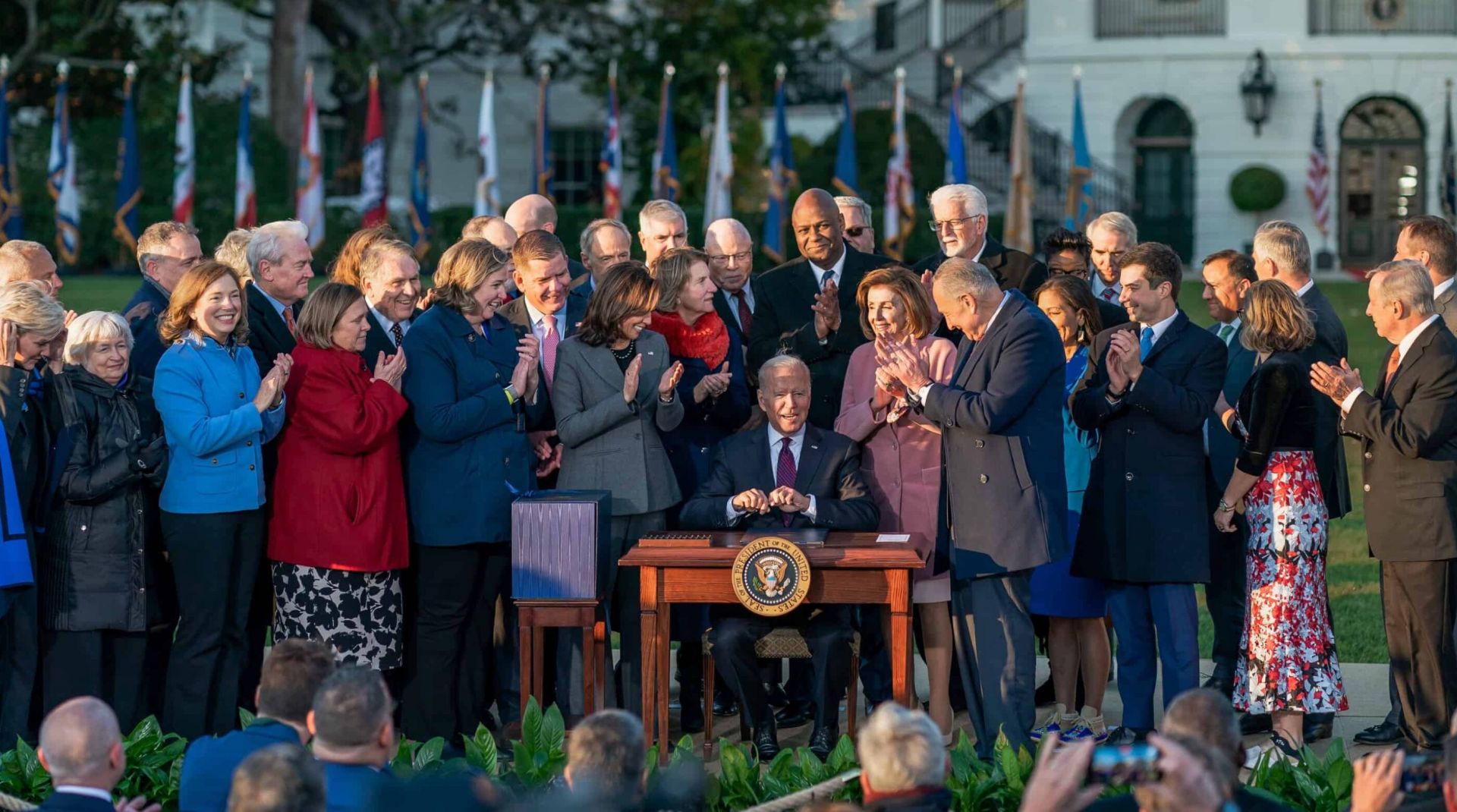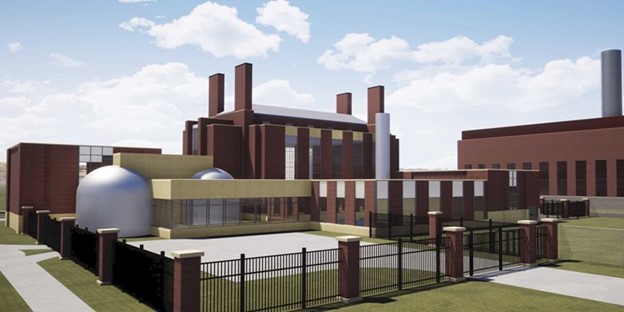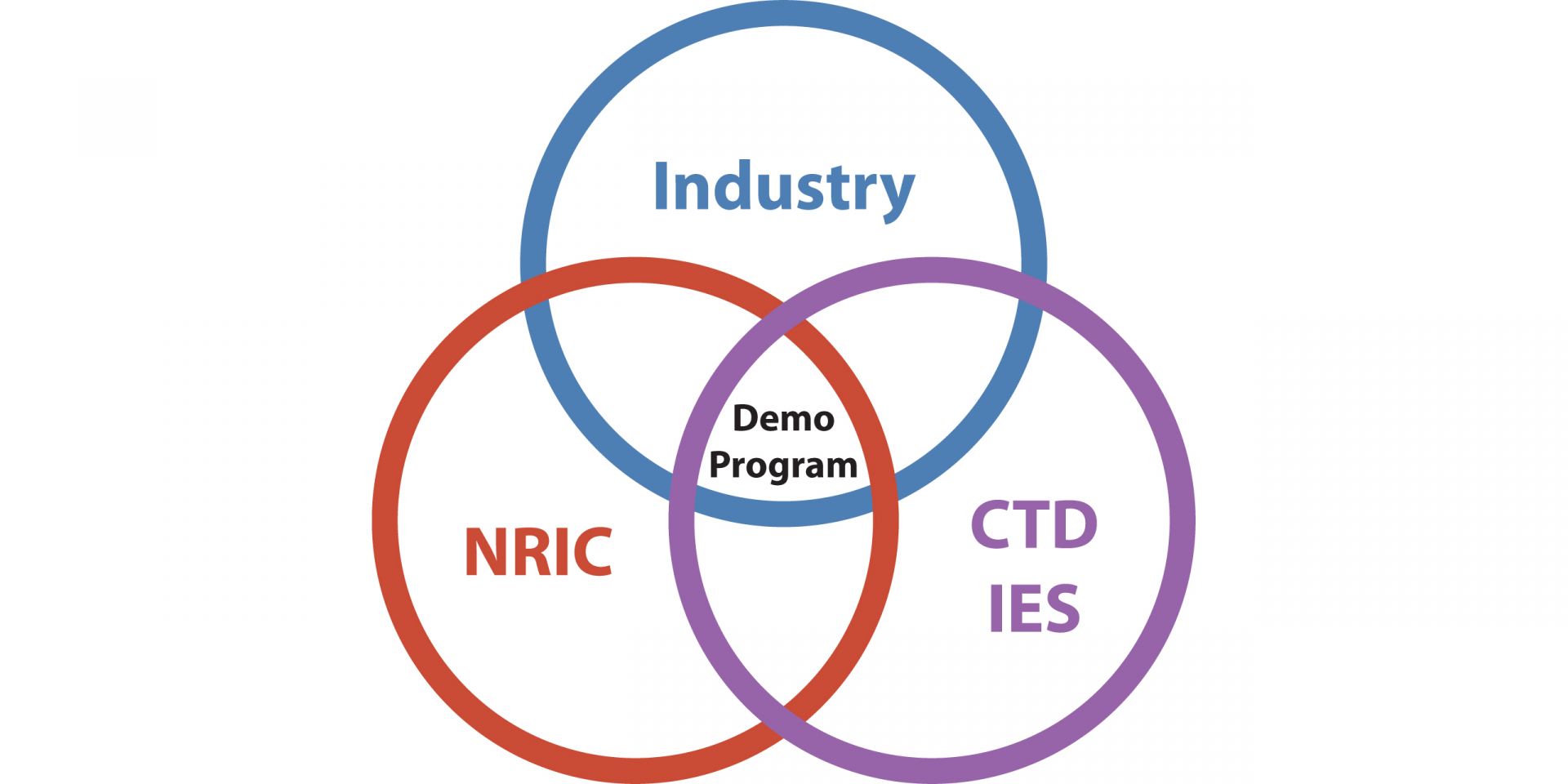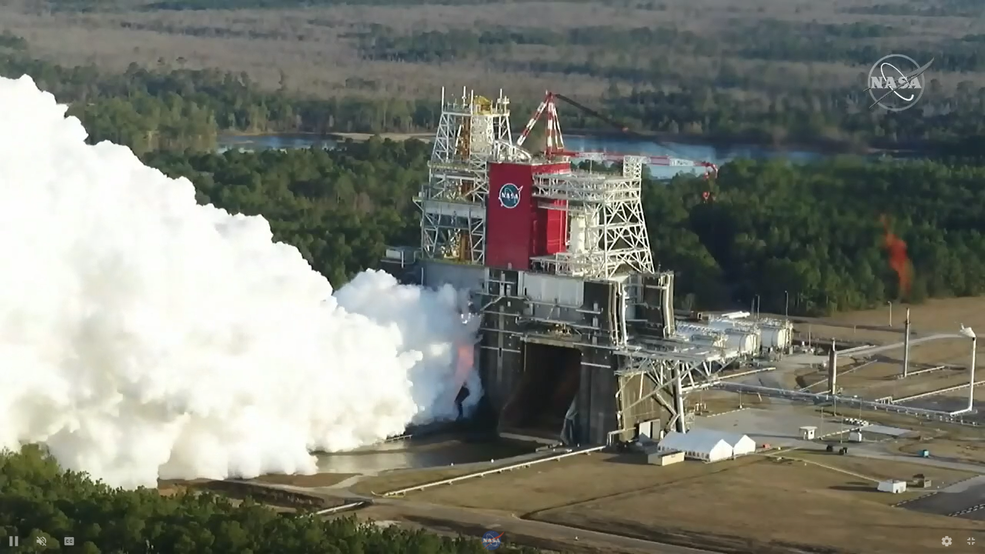From left, Shannon Bragg-Sitton, Paul Chodak, and Michael J. Guastella appear before the Senate Committee on Energy and Natural Resources on November 4.
As Congress awaited key votes yesterday on spending bills that include production tax credits for at-risk plants and a new amendment adding $500 million in supplemental funding over five years to increase the availability of high-assay low-enriched uranium (HALEU), the U.S. Senate Energy and Natural Resources Committee held a Full Committee Hearing On Potential Non-Electric Applications Of Civilian Nuclear Energy. Sen. Joe Manchin (D., W.V.), chairman of the committee, emphasized that “advanced nuclear reactors hold enormous potential to provide opportunity to communities across the country with zero-emission baseload power” and made it clear he expects new reactors to replace retiring coal plants in his home state of West Virginia.
Speaking before the committee were Shannon Bragg-Sitton of Idaho National Laboratory, Paul Chodak III of American Electric Power, and Michael J. Guastella of the Council of Radionuclides and Radiopharmaceuticals.
A rendering of Ultra Safe Nuclear Corporation’s micro modular reactor as proposed for construction on the University of Illinois at Urbana-Champaign campus. (Graphic: USNC)
A bipartisan group of legislators has introduced a bill to invest in university nuclear science and engineering infrastructure, establish regional consortia to promote collaboration with industry and national laboratories, and support the development of advanced reactor technology. The National Nuclear University Research Infrastructure Reinvestment Act of 2021 (H.R. 4819) was introduced in the House of Representatives by Reps. Anthony Gonzalez (R., Ohio), Sean Casten (D., Ill.), Peter Meijer (R., Mich.), and Bill Foster (D., Ill).
The demonstration program aims to accelerate innovation and deployment of energy concepts at the intersection of industry needs, NRIC’s mission, and the R&D portfolio of CTD IES. (Graphic: BEA)
The National Reactor Innovation Center (NRIC) wants to hear from developers and end users interested in integrated energy systems for advanced reactors. Battelle Energy Alliance (BEA), the managing and operating contractor for Idaho National Laboratory, has issued a call for Expressions of Interest for a potential multi-phase demonstration program for innovative uses of nuclear energy, to be carried out by NRIC and the Crosscutting Technology Development Integrated Energy Systems (CTD IES) program. The final date for responses is May 21.
An image from a video released by INL shows MARVEL, to be installed in a concrete pit within the TREAT reactor building. Source: INL













